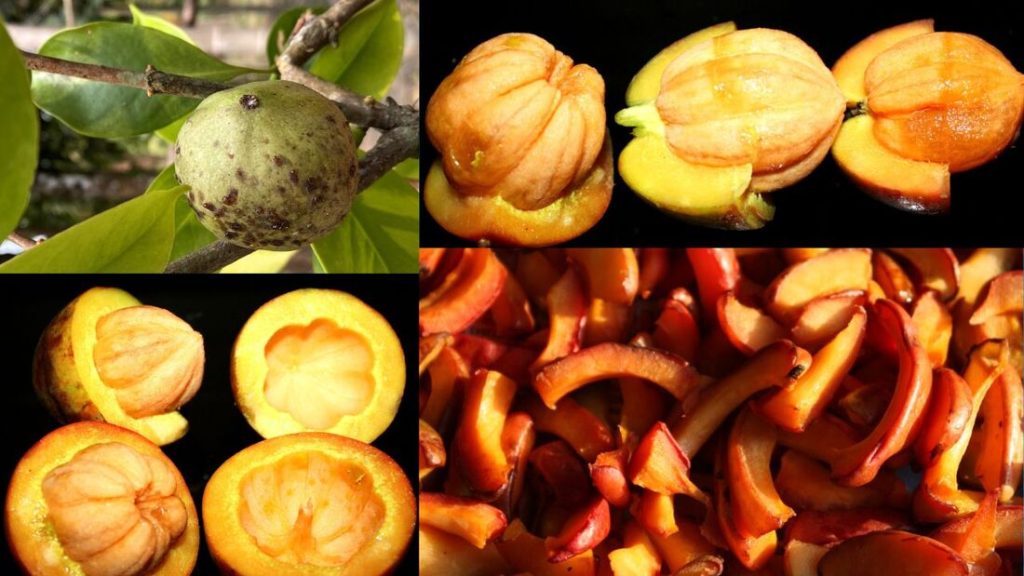Guwahati, July 3: A new species of fruit-bearing tree, Garcinia kusumae, has been discovered in the biodiverse foothills of Assam’s Baksa district, near the Manas National Park and Tiger Reserve. The find adds to Northeast India’s growing reputation as a treasure trove of underexplored plant life with potential ethnobotanical and medicinal value.

The species was formally described in the scientific journal Feddes Repertorium by retired IFS officer and taxonomist Jatindra Sarma and Hussain A. Barbhuiya, a scientist at the Bhabha Atomic Research Centre (BARC). It was first documented in the Bamunbari area along the Kaldia River, at around 67 metres elevation.
Garcinia kusumae belongs to the Clusiaceae family and is distinguished by – bright pinkish-orange fruits with blackish resin exudates, creamy-yellow clustered flowers and a sticky yellow resin from its bark.

While morphologically related to Garcinia assamica, G. cowa, and G. indica, it differs significantly in flower structure, fruit traits, and resin properties. Locally known as Thoikora in Assamese, the tree has long been recognized by villagers, even though it was previously unknown to science. Its sun-dried pulp is used to prepare a refreshing sherbet—believed to treat heat stroke, thirst, and digestive ailments like dysentery. The pulp is also added to fish curries and used in folk remedies for diabetes. The slightly sour-sweet seed aril is consumed raw with salt, chilies, and mustard oil, making it both a medicinal and culinary asset.

The tree is a dioecious evergreen, growing up to 18 meters tall, with thick bark and distinctive flower structures. It belongs to the Brindonia section of Garcinia, characterized by four-petaled flowers and multilocular ovaries. Flowering occurs from February to April, with fruiting from May to June.
So far, only a few scattered individuals have been identified near Bamunbari and Nityananda, about 26 km south of Manas National Park. The plant thrives in riparian forest habitats, growing alongside bamboo, Dalbergia, Ehretia, and other native species. It has been provisionally classified as “Data Deficient” under IUCN criteria due to limited data on its population size and distribution.

The species is named Garcinia kusumae in memory of Kusum Devi, the late mother of co-author Jatindra Sarma, as a tribute to her sacrifices during his early life and education. “This naming is a deeply personal tribute,” said Sarma.
India hosts 33 Garcinia species and 7 varieties, with Assam alone accounting for 12 species and 3 varieties. The discovery of G. kusumae underscores the urgent need for expanded botanical surveys and habitat conservation in Northeast India—one of the most biologically rich yet scientifically underexplored regions in the world.
As developmental pressures intensify, researchers emphasize the importance of conservation-driven exploration to prevent the loss of unknown species that may hold untapped ecological, medicinal, and cultural value.





